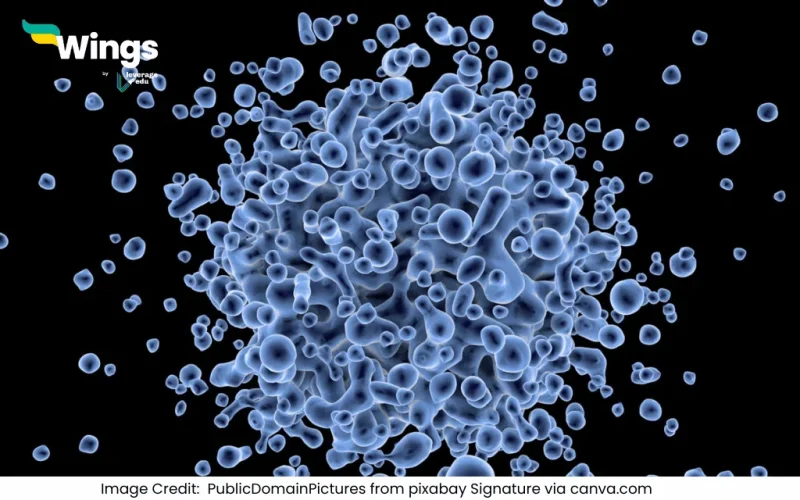Plants consist of different types of tissues that perform specific functions. Among these, parenchyma, collenchyma, and sclerenchyma are the three fundamental types of simple permanent tissues in plants. These tissues provide support, strength, and flexibility to the plant body. The primary distinguishing factor among them is the structure and composition of their cell walls, which directly influence their function and location in plants.
1. Parenchyma
Parenchyma is the most abundant and versatile type of plant tissue, found in almost all parts of the plant, including roots, stems, leaves, and fruits.
- Cell Wall Composition: The cell walls of parenchyma cells are thin and made of cellulose, allowing easy exchange of gases, nutrients, and water.
- Thickness: The walls are uniformly thin, making them soft and flexible.
- Flexibility: Due to the soft cell walls, parenchyma cells are highly flexible and help in various physiological processes.
- Function: Parenchyma cells serve multiple roles, including photosynthesis (in chlorenchyma), storage of food and nutrients, secretion of enzymes, and wound healing in plants.
- Special Features: Some parenchyma cells, called aerenchyma, have air spaces that help aquatic plants float.
2. Collenchyma
Collenchyma is a supportive tissue mainly found in young stems, petioles, and leaves, helping plants resist bending and mechanical stress.
- Cell Wall Composition: The cell walls are made of cellulose and pectin, with extra thickening at the cell corners.
- Thickness: The walls are unevenly thickened, providing additional strength to the cells.
- Flexibility: Collenchyma cells are moderately flexible, allowing bending without breaking, which is essential for growing parts of the plant.
- Function: Their primary function is mechanical support and flexibility, enabling plants to withstand external forces such as wind and movement.
- Special Features: Collenchyma cells are alive at maturity and can sometimes perform photosynthesis in green stems.
3. Sclerenchyma
Sclerenchyma is the strongest and toughest of the three tissues, providing structural strength to the plant body, especially in matured parts.
- Cell Wall Composition: The cell walls are thickened with lignin, making them hard and rigid.
- Thickness: The walls are extremely thick due to heavy secondary cell wall deposition.
- Flexibility: Unlike parenchyma and collenchyma, sclerenchyma cells are not flexible because they become dead at maturity.
- Function: Their main function is to provide rigidity, strength, and mechanical support to non-growing parts of the plant, such as bark, seed coats, and vascular tissues.
- Special Features: Sclerenchyma consists of two types of cells—fibers (long, tapered cells found in stems and leaves) and sclereids (short, irregular cells found in seed coats and nutshells).
The three types of tissues differ mainly in their cell wall structure and function:
- Parenchyma has thin-walled, soft, and flexible cells that assist in storage and metabolic activities.
- Collenchyma has unevenly thickened walls, providing both support and flexibility to growing plant parts.
- Sclerenchyma has heavily lignified walls, making it rigid and strong, but the cells die upon maturity.
These tissues work together to maintain the growth, support, and survival of plants under different environmental conditions.
Common Doubts
 60,000+ students trusted us with their dreams. Take the first step today!
60,000+ students trusted us with their dreams. Take the first step today!


 One app for all your study abroad needs
One app for all your study abroad needs










